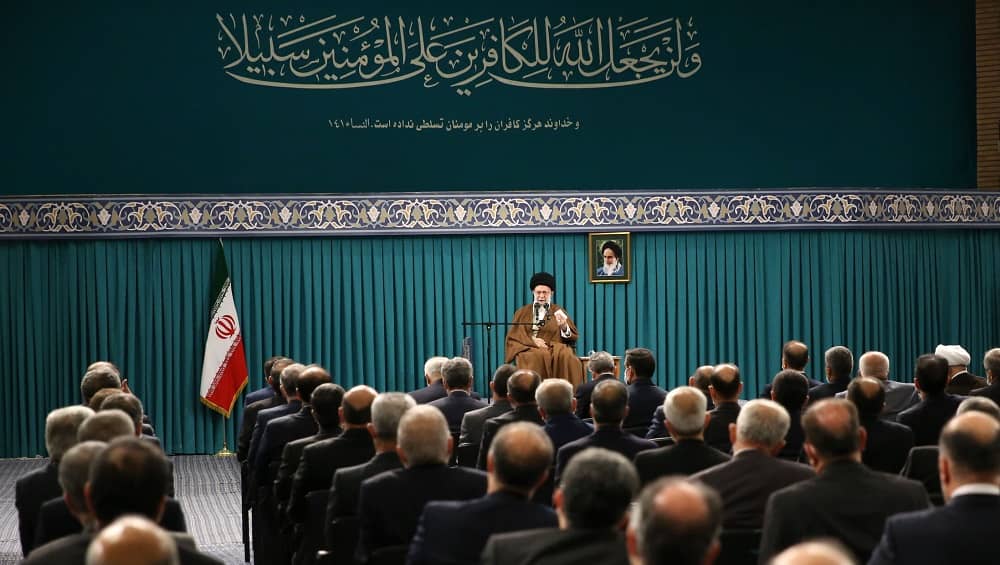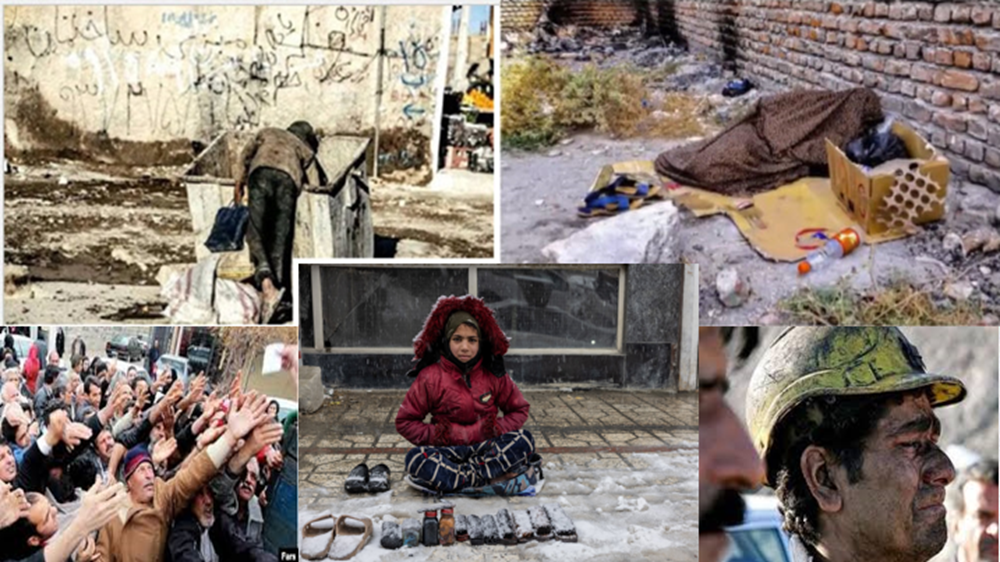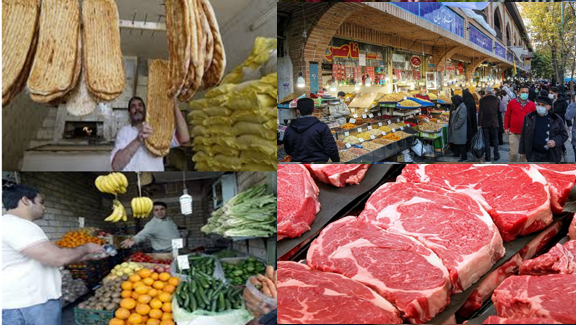
Despite the supreme leader’s attempt to present a balanced view, the reality on the ground, as depicted by various reports and Khamenei’s own admission, paints a starkly different picture of Iran’s economic crisis, deeply rooted in systemic corruption, mismanagement, and a crippling sanctions regime.
Khamenei candidly admitted to the country’s economic vulnerabilities, particularly highlighting its struggling economy as a “fundamental weak point.” Yet, he paradoxically praised the regime’s initiatives in the past year aimed at “controlling inflation and increasing production,” though he conceded that these efforts were insufficient.

The speech notably lacked concrete solutions, instead reverting to rhetorical commitments to boost production and popularize the economy terms that, upon closer scrutiny, reveal a troubling pattern of economic control and monopolization by the Revolutionary Guards (IRGC) and Khamenei’s own financial networks. Reports by Reuters and Daily Sabbah in past years have exposed Khamenei’s control over a financial empire worth billions, suggesting a significant disparity between the wealth of the regime’s elite and the economic hardships faced by ordinary Iranians.
This economic disparity is further exacerbated by the regime’s approach to managing Iran’s economy, which has seen critical sectors and income streams handed over to the IRGC, effectively sidelining any genuine private sector involvement. This monopolization not only stifles competition but also perpetuates a cycle of corruption and inefficiency that has led to widespread economic disenfranchisement.

Inflation rates for basic needs have soared nearly 40%, while the national currency, the rial, continues to plummet against the dollar, exacerbating the financial strain on Iranian households.Despite increased oil exports and attempts to circumvent international sanctions, the regime has been unable to address the root causes of inflation and economic instability.
The situation has sparked widespread protests and civil unrest, signaling deep-seated frustration and discontent among the Iranian people. Khamenei’s Nowruz speech, while acknowledging economic challenges, ultimately fails to address the systemic issues at the heart of Iran’s financial crisis.
Instead of offering viable solutions, it perpetuates a narrative that places the burden of economic revival on the Iranian populace, without tackling the corruption, mismanagement, and monopolistic practices that have led to the country’s current state of turmoil. As Iran navigates these turbulent economic waters, the need for genuine reform and transparency has never been more critical.

MEK Iran (follow us on Twitter and Facebook), Maryam Rajavi’s on her site, Twitter & Facebook, NCRI (Twitter & Facebook), and People’s Mojahedin Organization of Iran – MEK IRAN – YouTu







